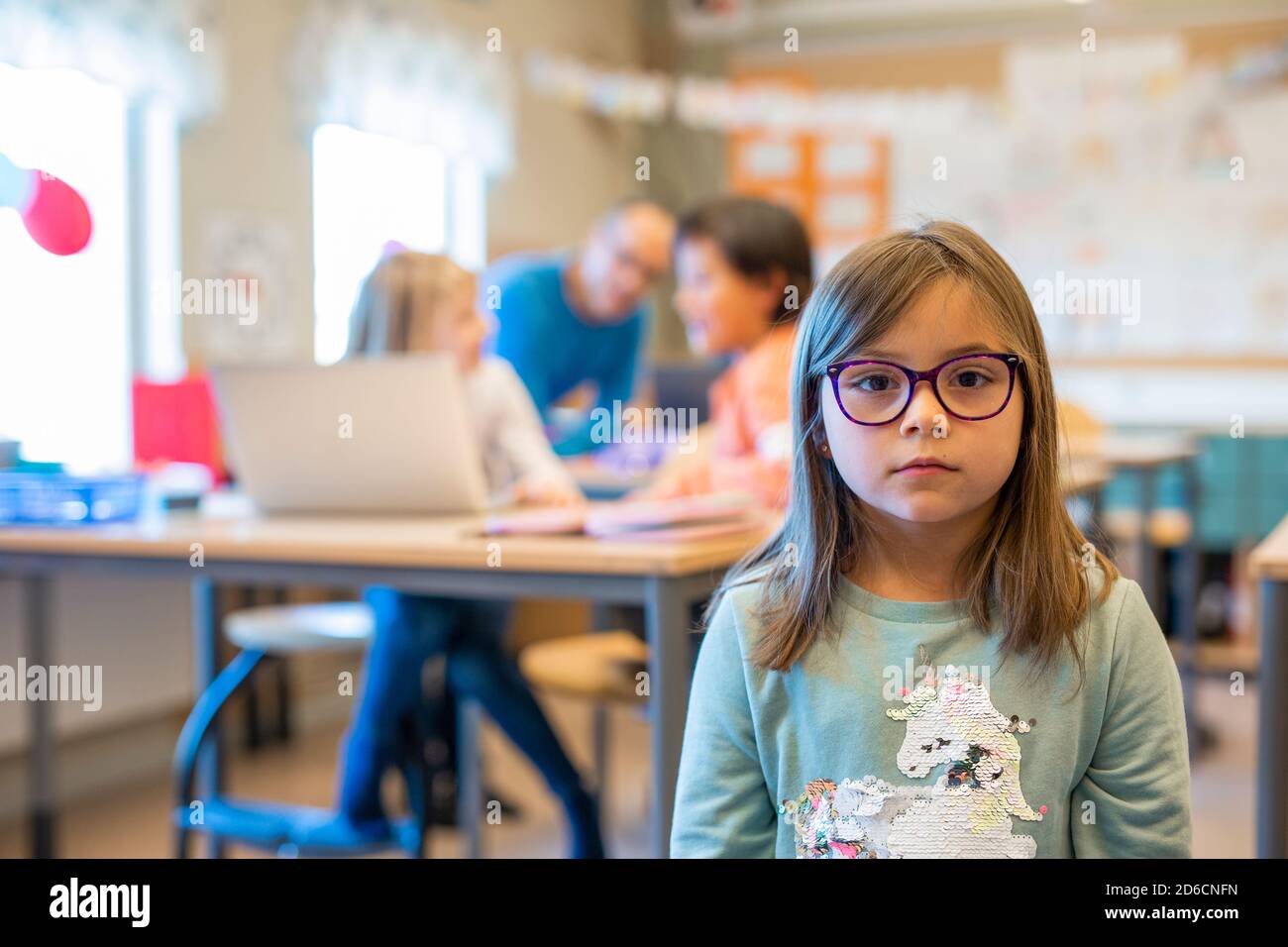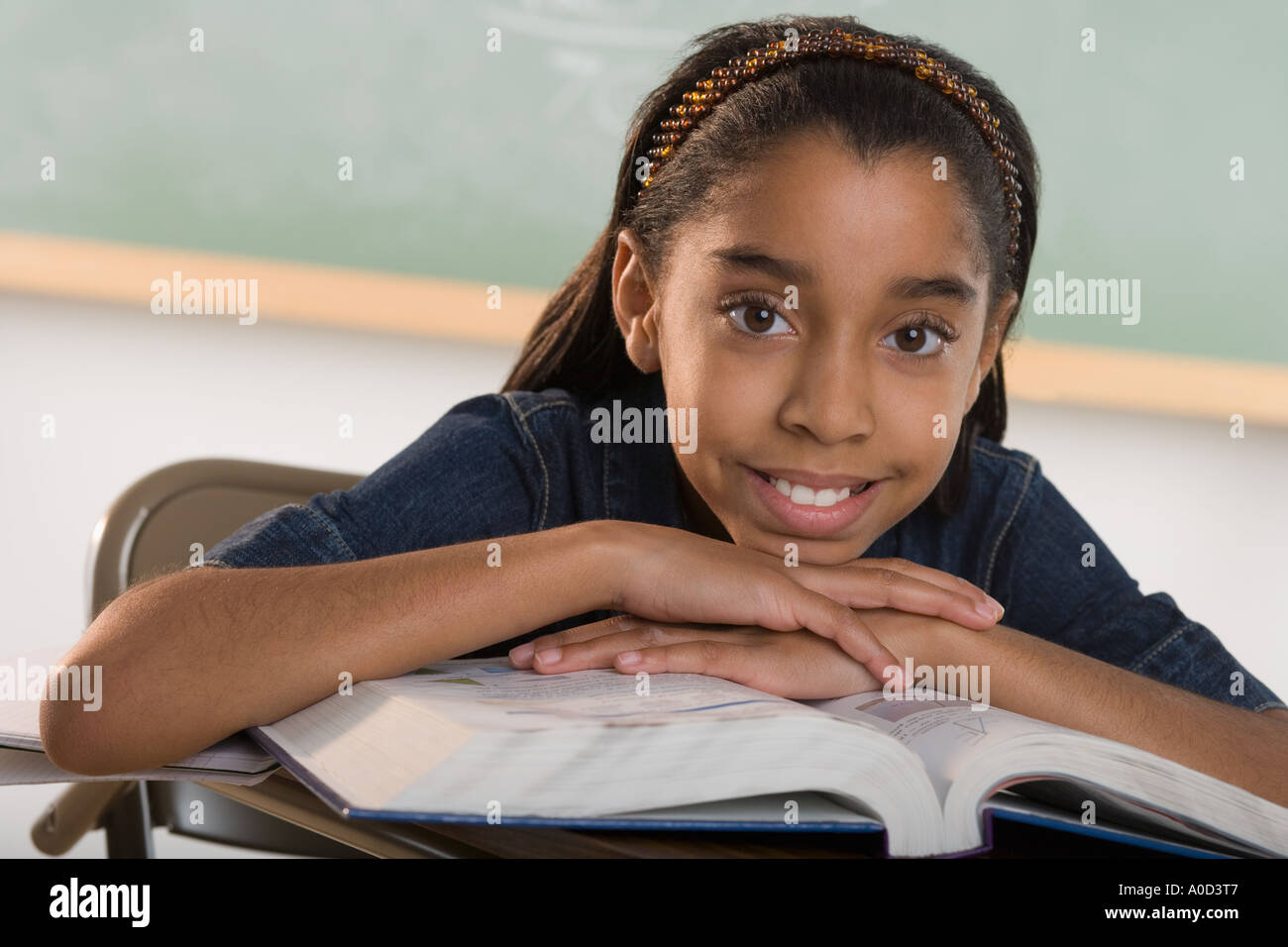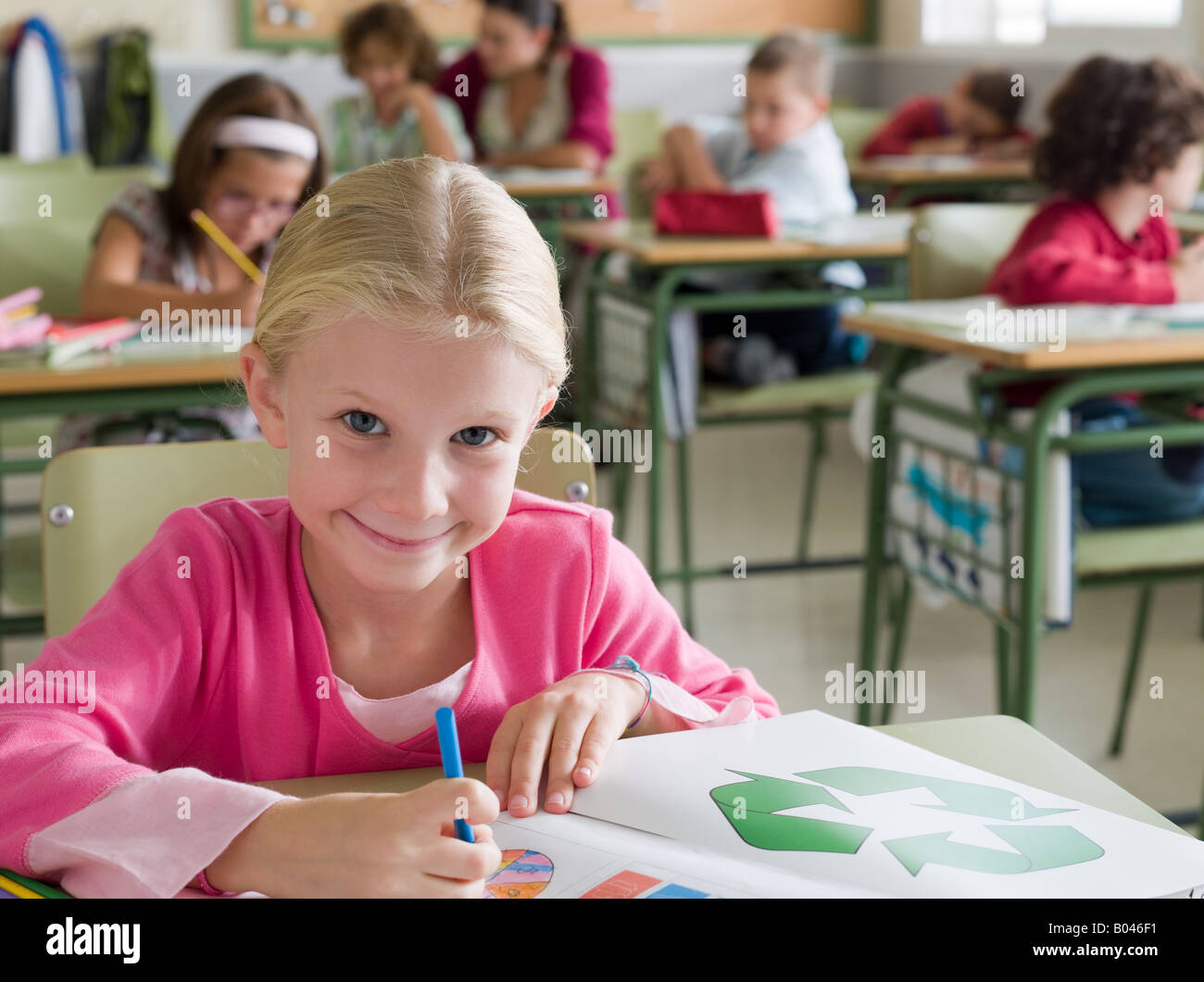The Nuance Of 'I Know That Girl Classroom': More Than Just A Face
Have you ever had that feeling, you know, when you see someone across the room, maybe in a lecture hall or a study spot, and you think, "I know that girl classroom"? It's a rather common experience, actually, a familiar face that sparks a flicker of recognition, yet it doesn't quite fit into the neat boxes of "friend" or "stranger." This feeling, it’s a unique kind of social connection, one that many of us encounter pretty often, especially in shared learning spaces.
This sense of knowing someone, but perhaps not truly knowing them, is a bit more complex than it first seems. It isn't just about recognizing a face; there are, you know, different layers to what "knowing" someone can actually mean. We might share a space, a class schedule, or even a few quick glances, and that builds a certain kind of awareness, a subtle link between people.
Today, we're going to really look at what "i know that girl classroom" implies, moving beyond just a simple nod. We’ll explore the different ways we perceive and connect with others in these settings, drawing on some interesting ideas about how we distinguish between merely being aware of someone and truly understanding aspects of who they are, so to speak.
Table of Contents
- The Familiar Face: What Does "I Know That Girl Classroom" Really Mean?
- Knowing Her: A Spectrum of Connection
- Why These Distinctions Matter, You Know?
- Navigating Those Classroom Connections
- Making the Most of Shared Spaces
- Questions People Often Ask About Classroom Connections
The Familiar Face: What Does "I Know That Girl Classroom" Really Mean?
That phrase, "i know that girl classroom," it really captures a specific kind of social interaction, doesn't it? It's about recognizing someone from a shared environment, like a school or a university, without necessarily having a deep personal bond. You might see her every Tuesday and Thursday in your history lecture, or perhaps you've been in a few group projects together, but your conversations are usually limited to class-related topics, or maybe just a quick greeting. It's a very common experience, actually, this sort of semi-acquaintance.
This type of knowing is, in a way, foundational to how many of us build our broader social circles. It starts with simple recognition, then perhaps moves to a bit more interaction, and sometimes, you know, it blossoms into something more substantial. But often, it stays right there, in that comfortable space of mutual, yet somewhat distant, familiarity. It's a connection that exists, but without the obligations or intimacy of a true friendship, which is perfectly fine, of course.
The beauty of "i know that girl classroom" is its casual nature. There’s no pressure to be best friends, but there's also a shared understanding that you're both part of the same academic journey. This shared context creates a quiet bond, a subtle acknowledgment of each other's presence in a particular setting. It’s almost like a background hum in your daily life, a familiar face that makes the classroom feel a little less, you know, anonymous.
Knowing Her: A Spectrum of Connection
When we say "i know that girl classroom," what do we actually mean by "know"? My friend recently pointed out a rather important distinction between "know of something," "know about something," and simply "know something." These ideas, actually, help us unpack the different levels of connection we have with people we recognize from school. It's not just one single type of knowing; it's a whole range, in a way.
Understanding these differences can really clarify the nature of these classroom connections. It helps us see that there's a spectrum, from a fleeting awareness to a more detailed grasp of who someone is. This spectrum, you know, allows for a lot of different kinds of relationships to exist, all under the umbrella of recognizing someone from a shared space. So, let’s explore these distinctions a bit more deeply, shall we?
Just a Glimpse: When You "Know Of" Her
To "know of" someone means you have, in a way, a personal experience of their existence. You've seen them, you recognize their face, and you know they are a person who attends your class. This is the most basic level of recognition, a simple acknowledgment of their presence. For example, you might say, "I know of Sarah; she sits in the front row of our psychology lecture." You've had the personal experience of seeing her there, consistently, which is a key part of this type of knowing.
This kind of knowing doesn't imply any direct interaction or shared words. It's purely observational, a kind of passive awareness. You know her by sight, perhaps by the way she always carries a certain type of notebook, or by the distinctive jacket she wears. It's a very, very common starting point for many classroom connections, a silent acknowledgment that you both occupy the same academic space. You might not even know her name, but you definitely "know of" her, you know?
This initial stage is often where the phrase "i know that girl classroom" first takes root. It's the moment you realize someone is a regular fixture in your academic landscape, a familiar part of the scenery. There's no deep understanding here, just a simple, almost instinctual, recognition. It’s the kind of knowledge that comes from shared physical space and repeated sightings, which is, honestly, a lot of what forms our initial social maps.
Gathering Bits: When You "Know About" Her
Moving a step further, to "know about" someone means you've gathered some information, perhaps through observation, overheard conversations, or even a bit of online searching. You might have studied their habits a little, or taken an interest in certain aspects of their school life. This level suggests a slightly more active engagement with their presence, a desire to understand part or all of their public persona, in a way.
For instance, you might know about her reputation for being a great presenter in class, or that she's involved in a particular student club. You might have heard her name mentioned by others, or seen her work on a group project. This isn't personal experience in the direct sense of having a conversation, but it's more than just recognizing her face. You're building a small dossier of public information about her, so to speak.
This type of knowing can come from being in the same study group once, or from hearing a friend talk about her. You might not have had a personal chat, but you've absorbed details that give you a broader picture of who she is within the school context. It's like, you know, having read a summary of a book rather than the whole thing. You get the gist, the main points, which is often enough for these casual school connections.
True Recognition: When You Simply "Know" Her
When you simply "know" someone, this implies a more direct, personal understanding, a knowledge of details or individual pieces of information about them. This is where you've had actual interactions, shared conversations, and perhaps even collaborated on something. It's a deeper level of connection than merely knowing of or about someone, arguably, as it comes from firsthand experience of talking and engaging with them.
For example, if you "know" that girl from the classroom, you might know her favorite subject, what she plans to do after graduation, or a funny story about her weekend. You've exchanged personal anecdotes, perhaps discussed assignments in detail, or worked closely on a project. This knowledge comes from those direct, one-on-one moments that build a more complete picture of an individual. It’s a very different kind of knowing, actually.
This level of knowing means you have a grasp of her individual characteristics, her personality quirks, or her academic strengths. It's not just an awareness of her presence or her public image; it's a personal insight into some of her specific details. This is the stage where "i know that girl classroom" starts to lean more towards a budding acquaintance, perhaps even a friendship, rather than just a passing recognition. It's where the individual pieces of information really start to connect, you know.
Why These Distinctions Matter, You Know?
Understanding these different levels of "knowing" is pretty useful, especially in a place like a classroom. It helps us, for one thing, manage our expectations about social interactions. If you only "know of" someone, you probably wouldn't expect them to remember your name or details about your life. This distinction, you know, prevents awkward moments and helps us navigate social situations more smoothly.
These nuances also help us appreciate the subtle ways we connect with people in our daily lives. Not every interaction needs to be a deep, meaningful friendship. Sometimes, the comfort of simply recognizing a familiar face is enough, and that's a valuable social thread in itself. It’s like, you know, the background music of life, adding richness without demanding full attention.
Moreover, these distinctions can guide us if we want to deepen a connection. If you only "know of" someone, you might start by saying hello. If you "know about" them, you might ask about that student club you heard they're in. This gradual approach, actually, is often more natural and comfortable for both parties involved. It's about respecting the current level of connection while gently exploring the possibility of more, you know, if that's what you want.
Navigating Those Classroom Connections
So, how do you handle these various levels of "i know that girl classroom" in real life? It’s a bit like, you know, learning the unspoken rules of social engagement. If you recognize someone but only "know of" them, a simple smile and a nod are usually perfectly fine. There's no need to force a conversation or pretend you're closer than you are. It's a respectful acknowledgment of shared space, more or less.
When you "know about" someone, perhaps you've heard they're really good at a certain subject. This gives you a natural opening if you want to talk to them. You could, for instance, ask for their opinion on a class topic or compliment their work. This shows you've paid a little attention, and it can be a really gentle way to start a conversation, without being too intrusive, you know. It’s about finding those natural bridges.
If you genuinely "know" her, meaning you've had personal interactions and shared details, then your conversations will naturally be more personal and detailed. You might ask about how her weekend was, or follow up on a previous conversation. This is where a more established acquaintance or friendship truly begins to form. It’s a comfortable space where mutual recognition leads to genuine connection, which is, you know, pretty nice.
It's also important to remember that not everyone wants to deepen every connection, and that’s totally okay. Some people are happy with the casual "know of" or "know about" relationships, and we should respect that. The goal isn't always to turn every familiar face into a close friend, but rather to navigate these social waters with grace and consideration. It’s about finding a balance that feels right for everyone involved, arguably.
Making the Most of Shared Spaces
Classrooms and other shared academic settings are, in a way, natural incubators for these types of connections. They provide a common ground, a shared purpose that brings people together, even if only for a short time. Making the most of these spaces means being open to the different levels of knowing, and understanding that each one has its own value. It's about appreciating the subtle tapestry of human interaction that unfolds around us, you know.
Sometimes, a simple "i know that girl classroom" can evolve into something more meaningful. A quick chat after class about an assignment might lead to studying together, which could then lead to discovering shared interests outside of academics. These small steps, actually, are how many lasting friendships begin. It’s a gradual process, often starting with just a bit of recognition and curiosity, more or less.
So, next time you spot that familiar face and think, "I know that girl classroom," take a moment to consider what kind of "knowing" it truly is. Is it a simple recognition, a gathering of public information, or a deeper, more personal connection? Each level is a valid part of our social experience, and each offers its own unique way of engaging with the people around us. It’s a rather interesting way to look at our daily interactions, isn't it?
Embracing these distinctions can make our social lives richer and more nuanced. It helps us appreciate the casual connections as much as the close ones, and it allows us to approach new interactions with a clearer sense of purpose and respect. You can learn more about social connections on our site, and link to this page for more insights into human behavior. For further reading on social dynamics in educational settings, consider checking out articles on academic community building, like those found on reputable educational psychology blogs, for instance, this one from Psychology Today.
Questions People Often Ask About Classroom Connections
What is the difference between an acquaintance and a friend in a classroom setting?
Well, an acquaintance, you know, is someone you recognize and might have brief, casual chats with, usually about class-related things. A friend, on the other hand, is someone you share more personal details with, hang out with outside of class, and have a deeper emotional connection. It’s a pretty distinct difference, actually, in the level of personal sharing and time spent together.
How do you go from just knowing someone in class to becoming friends?
It usually starts with small steps, you know. You could try initiating a conversation about something beyond class, like a shared interest or a local event. Suggest studying together, or maybe grab a coffee before or after class. These little invitations, actually, can slowly build a more personal connection, moving from just "knowing about" them to truly "knowing" them.
Is it normal to only know people from class and not be close friends with them?
Absolutely, it’s very, very normal. Many people have a wide circle of acquaintances from various settings, including classrooms, without forming deep friendships with all of them. These casual connections are, in a way, a valuable part of our social fabric, providing a sense of community and familiarity without the demands of close friendships. It’s a rather common experience, more or less.

Girl in classroom Stock Photo - Alamy

Young girl in classroom Stock Photo - Alamy

Girl in classroom Stock Photo - Alamy